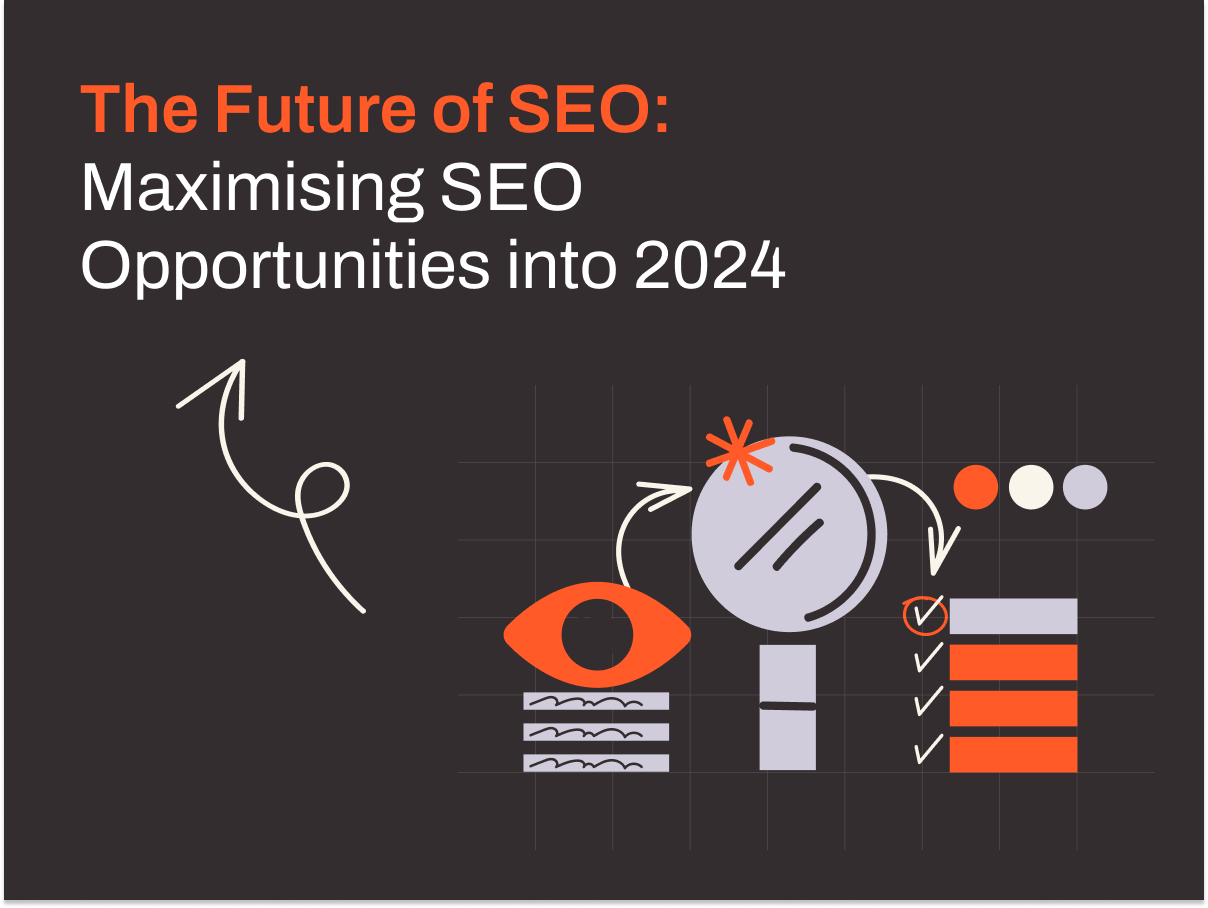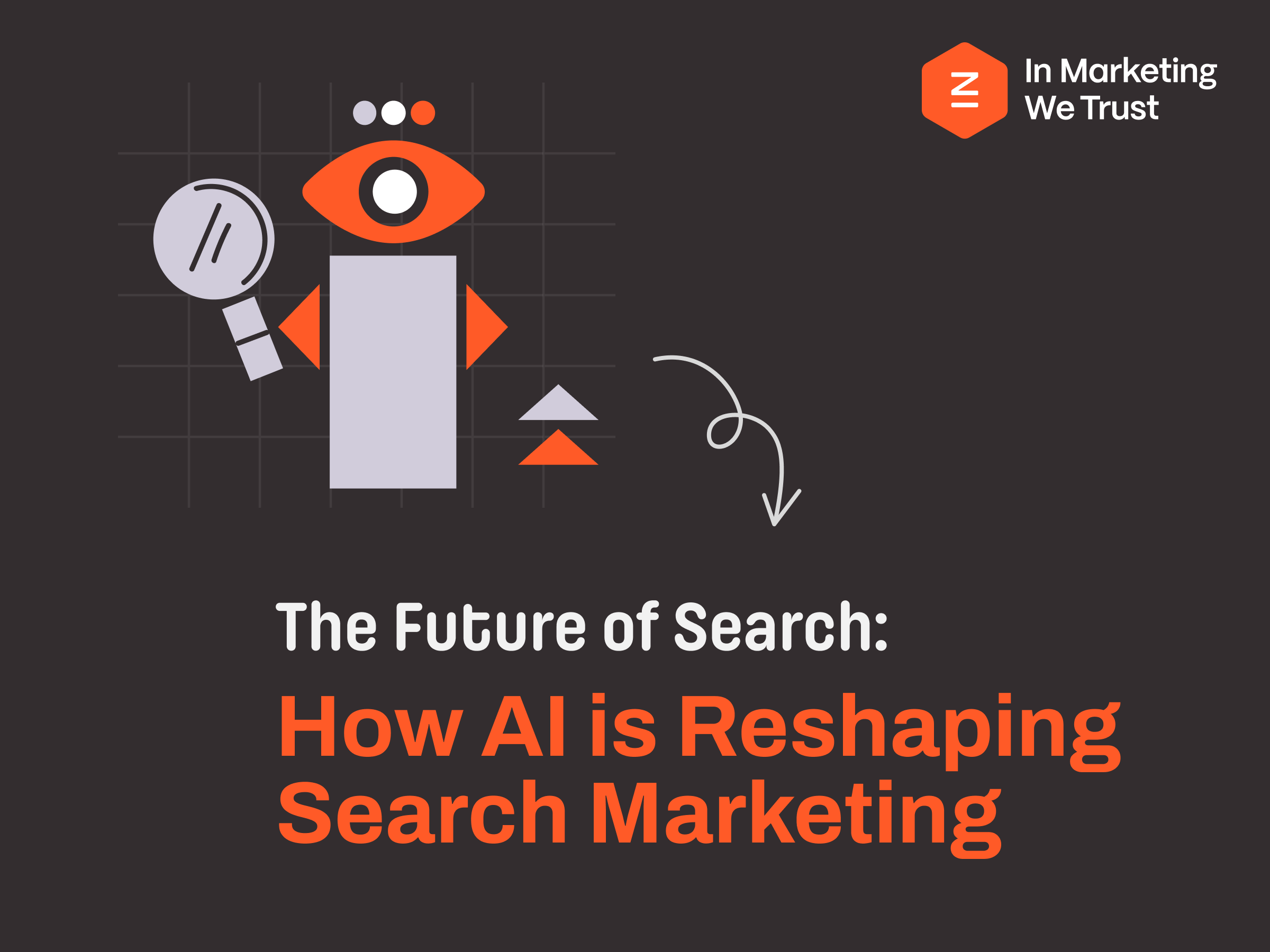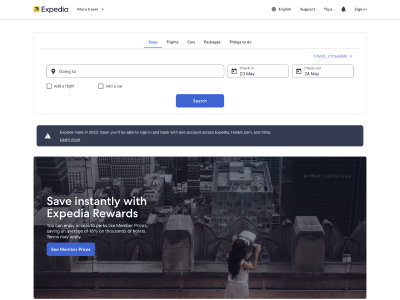The big question: Is Google’s Privacy Sandbox the solution to losing third-party cookie targeting?
First, let’s do a quick recap.
Where we’re at
Higher user expectations for ad privacy are driving both additional privacy regulations and technology changes that restrict user-level tracking.
This will equal:
- The loss of third-party cookies
- Shorter conversion windows
- Loss of app to web tracking
- Increased privacy regulations, and,
- The rise of ad blockers
What we’re focusing on right now is the loss of third-party cookies. Why? Because:
As part of the Privacy Sandbox project, Chrome is phasing out support for third-party cookies and proposing new functionality for cookies along with purpose-built APIs to continue supporting legitimate use cases while preserving user privacy. The phase out will be gradual, starting from midway through 2024.
What marketers are most concerned about
- Digital advertising: Targeted advertising and ad revenue
- User experience: Personalisation
- Attribution and analytics: Accurate measurement
Introducing Google’s Privacy Sandbox
What is Google’s Privacy Sandbox? The Privacy Sandbox is an initiative to create web standards for websites to access user information without compromising privacy. Its core purpose is to facilitate online advertising by sharing a subset of user’s private information without the use of third-party cookies.
The technology includes:
- Topics API (formerly Federated Learning of Cohorts or FLoC)
- Protected Audience
- Attribution Reporting
- Private Aggregation
- Shared Storage
- Fenced Frames
Let’s focus in on the Topics API.
Topics API
The Topics API provides third-party callers on the web page (including ad tech providers) with coarse-grained advertising topics that the page visitor might currently be interested in. These topics can supplement the contextual information about the current page.

So at the moment on the left, this is what it looks like in terms of cookies which make it much easier to identify who you are versus on the right where you have topics associated to you as a user.
How this works is you have the websites where the information is contextually gathered and then you have the user itself. If we’re looking at websites on a single domain for example you can assign up to three different topics.
Let’s say a user goes to a particular site. That site has nominated what they are as a category and then assigns that to the user. Remember we can only assign three topics so this is where it gets a bit interesting, as it only works on a domain and subdomain level.
Here we have football.com and football.news.com so in this example, football.com would be categorised as football, but for football.news.com we wouldn’t get the topic football as it sits at news.com, unless you categorised the whole news.com site as ‘football’.

This goes to show why this may not be the perfect solution. Especially from a data relevancy perspective and, of course, for advertising purposes.
How long do topics last?
Google will track users across what they watch and what websites they frequent and assign topics associated with those sites. Google will look at this data over a 7-day period to figure out who you are and what you’re interested in. As a single user, you’ll be assigned five topics.
To serve ads, Google will look at a topic from the last three weeks, and they’ll select one from each. After three weeks, a single topic will be deleted, so it’s always updating and refreshing the data based on user behaviour.
This three-week period shows why advertisers with longer buying cycles are worried about the change, as they will have to rebuild that equity in users/topic every three weeks.

5% are not interested
Going back to what Google says the Topics API is:
The Topics API provides third-party callers on the web page (including ad tech providers) with coarse-grained advertising topics that the page visitor might currently be interested in. These topics can supplement the contextual information about the current page.
So, why does it say “might currently be interested in”? Google will throw in a random topic 5% of the time that has absolutely nothing to do with what a user is interested in. This is their way of diluting the relevancy from a user and advertiser perspective. So, topics aren’t relevant 100% of the time.
Another reason Google’s Privacy Sandbox might not be the perfect solution… yet.
Where is Google’s Privacy Sandbox data stored?
The data is stored on the user’s device rather than relying on external servers. This aims to increase the relevancy of targeting to an end-user as opposed to a potentially diluted pool of options from the cohort design.
How many topics are there?
There are 471 topics in Googles Privacy Sandbox Topics API. Which in context, is not a huge amount of categories given the amount of people using Google Chrome. However, users can opt-out. But these will still be large cohorts of users to target.
When will the Topics API take effect?
The Topics API has concluded the pre-launch testing phase and is already in effect (Q3, 2023). It’s in all the platforms you would expect, AdSense, Display & Video 360, and Google Ads.
You can extract reports in Google Ads to see what topics you’re hitting with your advertising now.
Disadvantages of Topics API for Users
Fingerprinting
While Topics API is Google’s solution to FLoC (which was heavily criticised for fingerprinting), technically fingerprinting can still happen. Google is very aware of this, and they have acknowledged that the Privacy Sandbox and the Topics API are at risk of this. The solution to date is simply to ask developers not to abuse it.
Safe to roam
From a user perspective, users will always have to think twice about which sites they visit and how that information can be used to manipulate or target them.
Lack of cross-device support
The experience of advertising will be fragmented due to device-level storage. The average number of devices per person is 3.6, meaning ad targeting, for example, could be completely different across different devices. Especially when users use different devices for researching different topics and services.
Lack of cross-browser support
Topics do not account for consumers’ interests outside of Google Chrome. There is zero consideration for what the user engages with in Safari, Firefox, etc. However, 73% of browsers used in APAC are Chrome.
Sensitive topics
What’s sensitive information differs between cultures, religions, ages, communities, and individuals. With 471 topics, sensitive information may be collected, and there’s no way to veto out that information currently for users and advertisers.
Control and transparency with users
The Topics API does not provide users with fine-grained control over what is revealed and to whom.
Disadvantages of Topics API for Advertisers
Beyond some of the Topics API disadvantages that affect both users and advertisers above, there are a few more criticisms that affect mainly advertisers.
Site/publisher opt-out function
Publishers can opt-out of the Topics API and not provide data to help enrich topic relevancy for users. This could mean that the data set you’re using may not be as rich as it could be.
Shared devices
Going back to the point above about users having multiple devices, there’s also the issue of shared devices. If households share a device, then browser-level topic storage could lead to advertising waste and poor targeting.
Publisher topic labels
With large organisations covering a wide range of topics such as business, politics, sport, etc. they are still limited by the 3 topic labels and are limited in representing inventory.
Limited audience taxonomy
With limited audience topics this may result in higher competition and less targeted ads for advertisers. This may make it difficult for advertisers to provide the type of experience users are demanding.
Topic time windows
While this was stated above as a concern for users, it bears repeating. The limited timeframe of one to three weeks could be a big issue for advertisers who have long purchasing cycles.
Is Google’s Privacy Sandbox the solution to the loss of third-party cookie targeting?
In a recent presentation by the iab Australia, they stated:
“Accept the reality that measurement and targeting will be broken, that there will be no one single third-party cookie replacement. Marketers will need to take control of your data and destiny.”
Suggested actions for marketers
- CDP and first-party data implementation will become the number one solution to losing third-party cookie data
- Use data clean rooms for secure data sharing for audience measurement, insights, media outcomes reporting while preserving data compliance
- Experiment with alternative ID’s (e.g. Liveramp)














